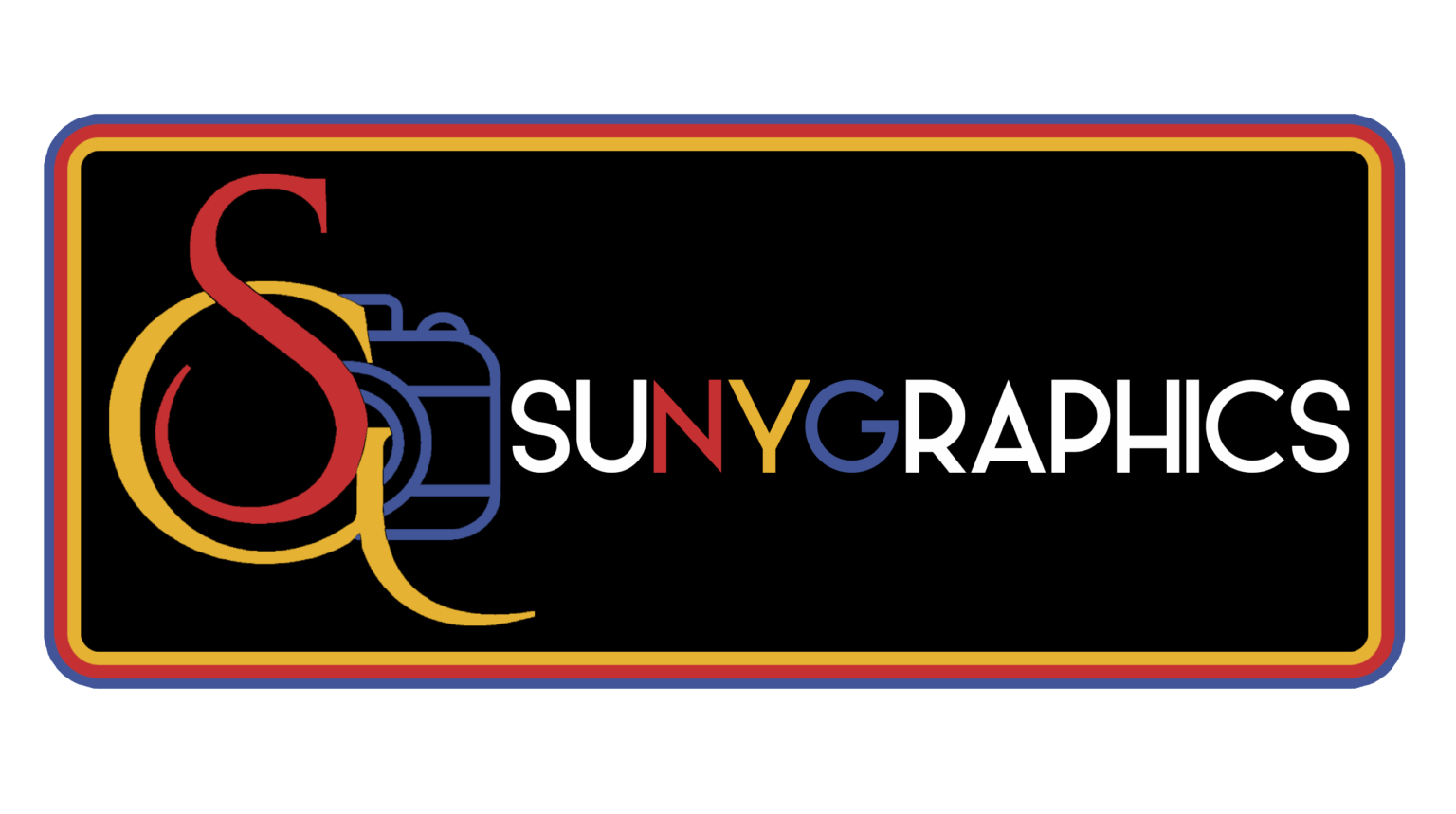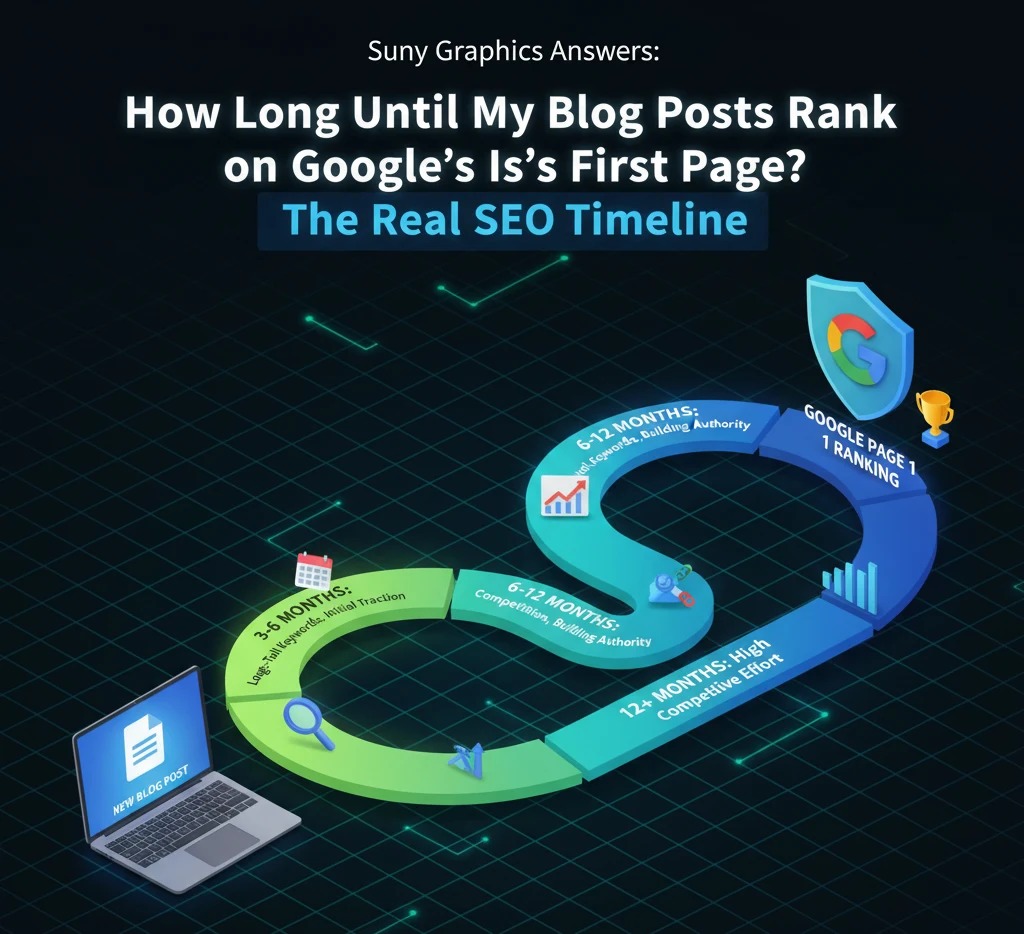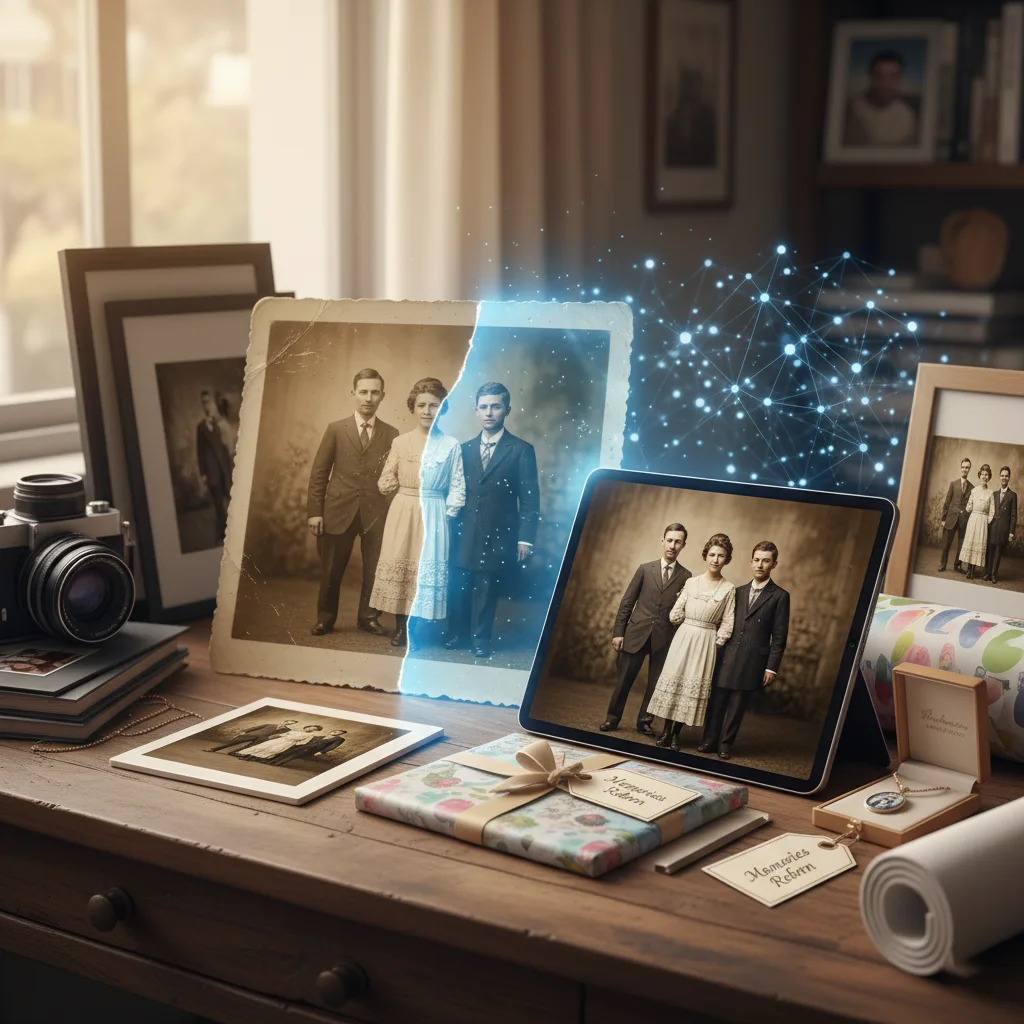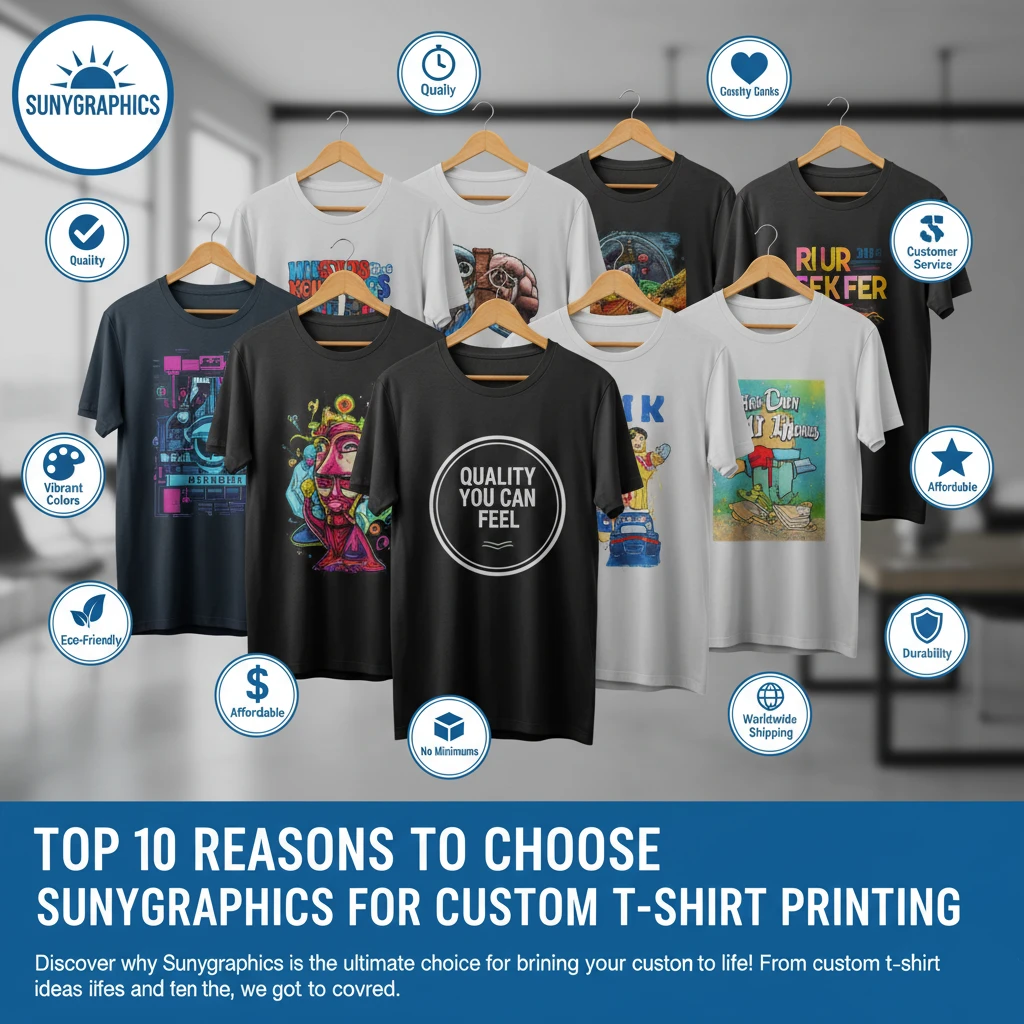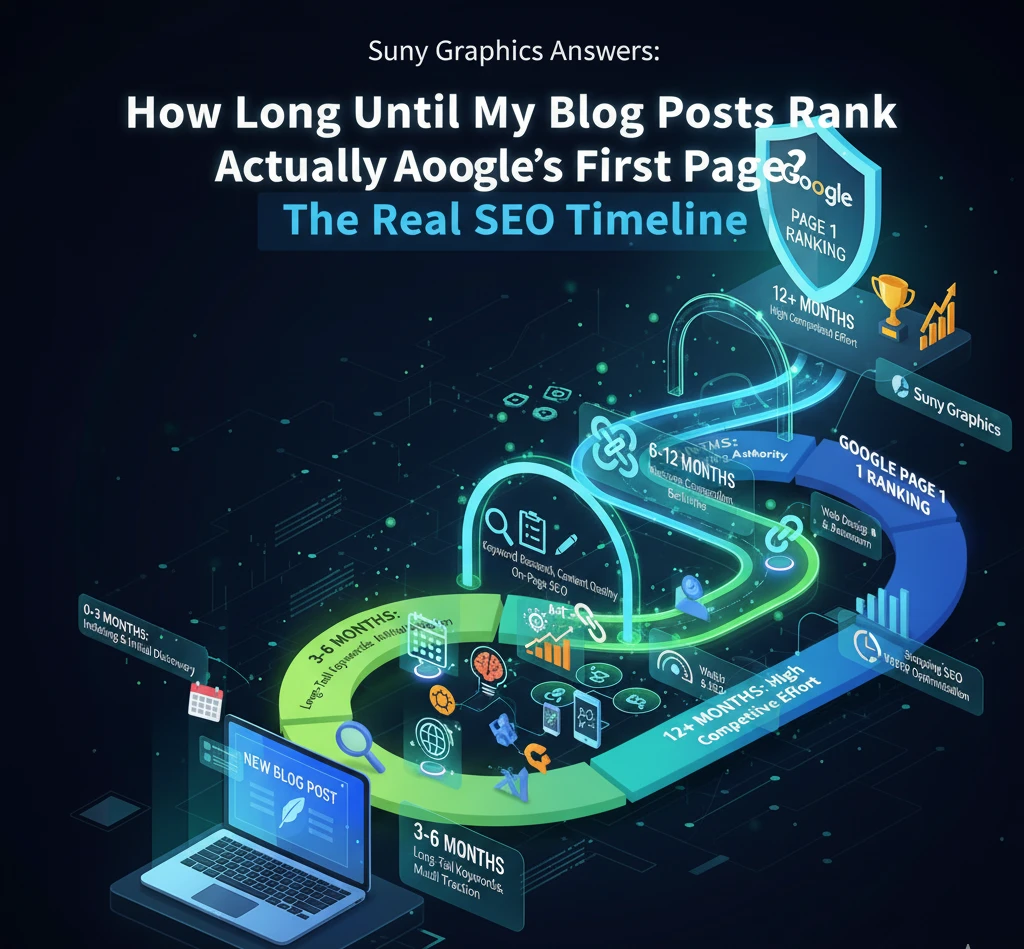
Introduction: The Elusive First Page – Your Blog’s Journey to Google’s Spotlight
Every business owner, marketer, and content creator shares a common dream: to see their meticulously crafted blog posts proudly displayed on Google’s first page. You’ve invested countless hours (or budget) into content creation, keyword research, and perhaps even some initial SEO efforts. Yet, a persistent question lingers: “Exactly how long will it take for my blog posts to rank on Google’s first page and start driving meaningful organic traffic?”
It’s a fundamental inquiry that underpins many digital marketing strategies. At Suny Graphics, we understand this impatience and the desire for clarity. While there’s no universally fixed stopwatch for SEO success, we can certainly demystify the journey. Forget the unrealistic promises of overnight ranking; this post will guide you through the authentic factors, realistic timelines, and actionable strategies to get your valuable content discovered by your target audience. Let’s peel back the layers of SEO and uncover the true timeline for your blog posts to shine.
1. Deconstructing the “SEO Timeline”: More Than Just a Clock
Before we dive into months and years, it’s crucial to grasp that the speed at which your blog posts rank on Google isn’t arbitrary. It’s a dynamic process influenced by a complex interplay of factors, much like nurturing a garden where soil quality, sunlight, and consistent care all play vital roles. Ignoring these elements is like expecting a lush harvest after simply scattering seeds.
- Website Age and Domain Authority (DA): The Foundation of Trust
- New Websites (Under 1 Year Old): If your website is relatively new, Google is still getting to know you. Think of it as building a new reputation. It takes time for search engines to crawl, index, and, most importantly, trust your domain. For a fresh site, getting blog posts to rank on Google for anything beyond very niche terms can realistically take anywhere from 6 to 12 months, or even longer for highly competitive keywords. This is often referred to as the “sandbox” period.
- Established Websites: Websites with a history, a strong backlink profile, and consistent quality content already possess significant “domain authority.” For these sites, new blog posts can see much faster traction, sometimes ranking within weeks or a few months, especially if they build upon existing topical authority.
- Suny Graphics Insight: Building a strong foundation with professional web design services from day one can significantly shorten this initial trust-building phase by ensuring your site is technically sound and user-friendly.
- Keyword Competition: The Battlefield Your Blog Posts Enter
- High-Competition Keywords: These are broad, high-volume terms (e.g., “digital marketing,” “best cameras”). Millions of pages are vying for these coveted spots. To rank on Google for these terms requires immense authority, exceptional content, and often a substantial backlink profile. Expect a long-term strategy (12+ months) for these.
- Medium-Competition Keywords: These offer a balance of search volume and achievable ranking potential. With strategic content and focused SEO, you can start seeing results for these within 6-12 months.
- Low-Competition / Long-Tail Keywords: These are highly specific, often longer phrases (e.g., “affordable web design services for small businesses UK”). While individual search volume might be lower, they collectively drive significant, highly qualified traffic. These are often the quickest wins, with blog posts potentially ranking in 3-6 months, even for newer sites. They also demonstrate clear user intent.
- Content Quality and Depth: The “Why” Behind the Ranking
- Google’s primary goal is to provide the best answer to a user’s query. Is your blog post truly comprehensive, well-researched, accurate, and unique? Does it genuinely solve a problem or provide unique value?
- E.A.T. (Expertise, Authoritativeness, Trustworthiness): Google heavily assesses your content based on these principles. High-quality content, authored by experts, backed by data, and free from plagiarism, naturally signals E.A.T.
- “Thin” or generic content simply won’t cut it anymore. To rank on Google, your post needs to be demonstrably superior to competitors. This often means longer-form content that explores a topic exhaustively.
- Suny Graphics Insight: Our content strategy services go beyond just writing; we help you identify content gaps, plan comprehensive outlines, and ensure your posts are crafted to meet Google’s E.A.T. standards.
- Backlinks: Votes of Confidence from the Web
- Backlinks (links from other reputable websites pointing to your content) are still one of the most powerful ranking factors. They signal to Google that other sites trust and value your content.
- Quality over Quantity: One link from a highly authoritative and relevant industry website is worth dozens from low-quality, irrelevant sites.
- Acquiring quality backlinks is an ongoing process and can significantly accelerate how quickly your blog posts rank on Google. This often involves outreach, guest posting, and creating link-worthy content.
- Technical SEO and User Experience (UX): The Invisible Foundation
- A technically sound website is non-negotiable. This includes aspects like:
- Site Speed: Does your page load quickly? Slow sites frustrate users and Google.
- Mobile-Friendliness: Is your site perfectly responsive on all devices? With mobile-first indexing, this is paramount.
- Crawlability & Indexability: Can Google’s bots easily find and understand all your content?
- Site Structure: Is your internal linking logical and easy for users and bots to navigate?
- Core Web Vitals: These are Google’s metrics for real-world user experience.
- A poor UX (slow loading, difficult navigation, ugly design) will lead to higher bounce rates and lower time on page, negatively impacting your ability to rank on Google.
- Suny Graphics Insight: Our web design and development expertise ensures your website is built from the ground up with robust technical SEO, lightning-fast speeds, and an intuitive, visually appealing user experience – providing the perfect platform for your blog posts.
- A technically sound website is non-negotiable. This includes aspects like:
2. The Realistic Timeline: When to Expect Your Blog Posts to Rank on Google
Given the factors above, here’s a more granular breakdown of typical ranking timelines:
- Phase 1: 0-3 Months – The Indexing & Initial Discovery Phase
- What happens: Your new blog posts are published, Google begins to crawl and index them. You might see a few impressions in Google Search Console, perhaps for extremely niche, exact-match queries. Don’t expect significant traffic yet. This is about establishing a presence.
- Key activities: Publishing high-quality content, basic on-page SEO, ensuring your site is crawlable.
- Suny Graphics’ role: Ensuring your website’s SEO audit is clean, and initial content is perfectly optimized for search engines.
- Phase 2: 3-6 Months – Gaining Initial Traction (Long-Tail Focus)
- What happens: Your posts begin to rank for various long-tail keywords. You might see some entries on page 2 or 3 for slightly broader terms. Organic traffic starts to trickle in, often from highly specific searches. This is a crucial period for demonstrating relevance and value.
- Key activities: Continued content creation, internal linking, initial promotion (social media, email), monitoring keyword performance.
- Suny Graphics’ role: Developing a comprehensive content marketing strategy that targets achievable long-tail keywords and designing engaging social media graphics to boost initial visibility.
- Phase 3: 6-12 Months – Ascending the Ranks (Moderate Competition)
- What happens: If consistent effort is applied, your blog posts for moderately competitive keywords can start breaking into Google’s first page. Your domain’s authority grows, and Google begins to trust your site as a go-to resource. Traffic significantly increases.
- Key activities: Active link building (guest posting, outreach), content updates/refreshes, technical SEO improvements, analyzing user engagement data (bounce rate, time on page).
- Suny Graphics’ role: We can help you create visually stunning, link-worthy content assets (e.g., infographics, custom illustrations) that attract backlinks, and perform continuous SEO optimisation to refine your strategy.
-
Phase 4: 12+ Months – Sustained Authority & Dominance (High Competition)
- What happens: With dedicated, long-term SEO strategy, your blog posts can consistently rank on Google’s first page for highly competitive terms. You become an established authority in your niche, enjoying stable and growing organic traffic.
- Key activities: Advanced content strategy, continuous competitive analysis, refining existing content, maintaining a strong backlink profile, adapting to algorithm updates.
-
Suny Graphics’ role: Providing ongoing digital marketing consultancy to keep you ahead of the curve, ensure your branding remains consistent and professional, and help you continuously produce top-tier visual and written content.
